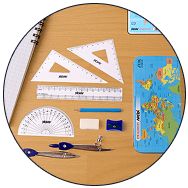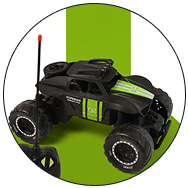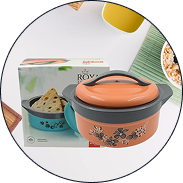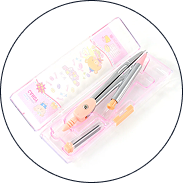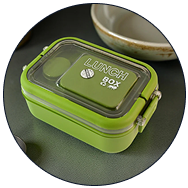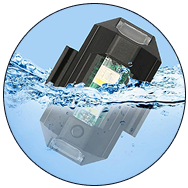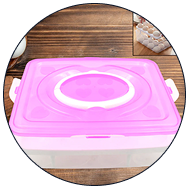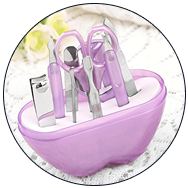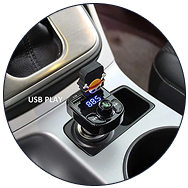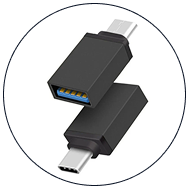The Indian e-commerce market is booming, and dropshipping is the perfect business model to ride this wave. With minimal investment and minimal risk, you can launch your own online store and conquer the market. This guide will take you through the 5 key steps to kickstart your dropshipping business in India.

- Find Your Profit Niche
Choosing the right niche is the cornerstone of your success. You need high-demand, low-competition products that resonate with Indian consumers. Conduct thorough market research using resources like Deodap.in to understand trends and preferences. Look for products that solve problems or fulfill needs. Consider factors like profit margins, shipping feasibility, and competitor analysis to find your niche and unique selling proposition. Test your product ideas with small-scale social media or Google Ads campaigns to gauge customer interest before fully committing.
- Set Up Your Dropshipping Store
With your niche and products selected, it's time to build your online store. Choose a reliable e-commerce platform like Shopify or WooCommerce. Pick a catchy, memorable domain name that reflects your brand. Design your store with a visually appealing theme that aligns with your brand image and is optimized for mobile devices, as a significant portion of Indian online shopping happens on smartphones. You can also register yourself if you want to learn dropshipping, click here.
Don't forget product page optimization for conversions. Write compelling descriptions highlighting features and benefits. Use high-quality images and videos to showcase your products. Include customer reviews and ratings to build trust. Finally, set up secure payment gateways like PayU, Razorpay, or Instamojo to ensure smooth transactions.
- Market and Promote Your Business
A beautiful store needs customers. Implement effective marketing and promotion strategies to drive traffic. Define your target audience – understand their demographics, interests, and online behavior. Utilize social media platforms like Facebook, Instagram, and Twitter to reach them. Create engaging content, run ads, and collaborate with influencers to build brand awareness.
Invest in SEO (search engine optimization) to improve your store's visibility in search results. Optimize product pages with relevant keywords, meta tags, and descriptions. Create valuable content through a blog or resource section to attract organic traffic. Run email marketing campaigns to nurture leads and encourage repeat purchases. Leverage social proof by showcasing customer testimonials on your website and social media platforms.
- Manage Orders and Provide Top-Notch Customer Service
As your business grows, efficient order management and exceptional customer service become crucial. Partner with reliable dropshipping suppliers who can fulfill orders promptly and provide accurate tracking information. Maintain clear communication with them to address any issues or delays.
Respond promptly to customer inquiries and resolve issues professionally. Offer multiple customer support channels like live chat, email, and phone. Consider using customer service management tools like Zendesk or Freshdesk to streamline support processes.
- Scale Up for Long-Term Success
Once your dropshipping business is running smoothly, it's time to expand your operations. Here are some strategies to achieve long-term success:
- Continuously analyze and optimize your marketing efforts. Use analytics tools to track key metrics and make data-driven decisions.
- Expand your product range to cater to a wider audience. Conduct market research to identify new product opportunities that align with your brand.
- Build strong relationships with existing customers through loyalty programs and personalized recommendations. Encourage customer referrals.
- Explore partnerships with influencers or complementary brands to reach new audiences.
Challenges and Resources for Indian Dropshippers
The Indian e-commerce market has its own set of challenges:
- Logistics and Shipping: India's vast size can pose challenges. Partner with reliable logistics providers and optimize your shipping processes for timely and cost-effective delivery.
- Cash on Delivery (COD): COD is popular but can increase the risk of fraudulent orders or returns. Implement measures to verify customer details and reduce this risk.
- Price Sensitivity: Indian consumers are price-sensitive. Maintain a competitive pricing strategy while ensuring profitability.
- Competition: The market is competitive. Differentiate your brand with unique products, excellent customer service, and effective marketing.
Here are some helpful tools and resources to kickstart your dropshipping journey in India:
- E-commerce platforms: Deodap, Shopify, WooCommerce, Magento
- Domain registrars: GoDaddy, Namecheap, BigRock
- Payment gateways: PayU, Razorpay, Instamojo
- Email marketing tools: Mailchimp, Klaviyo
- Customer service management tools: Zendesk, Freshdesk
- Order fulfillment apps: Deodap
- Analytics tools: Google Analytics, Facebook Pixel, Hotjar
- Logistics providers: Delhivery, Blue Dart, FedEx
- Market research tools: Google Trends, SEMrush, Ahref


































